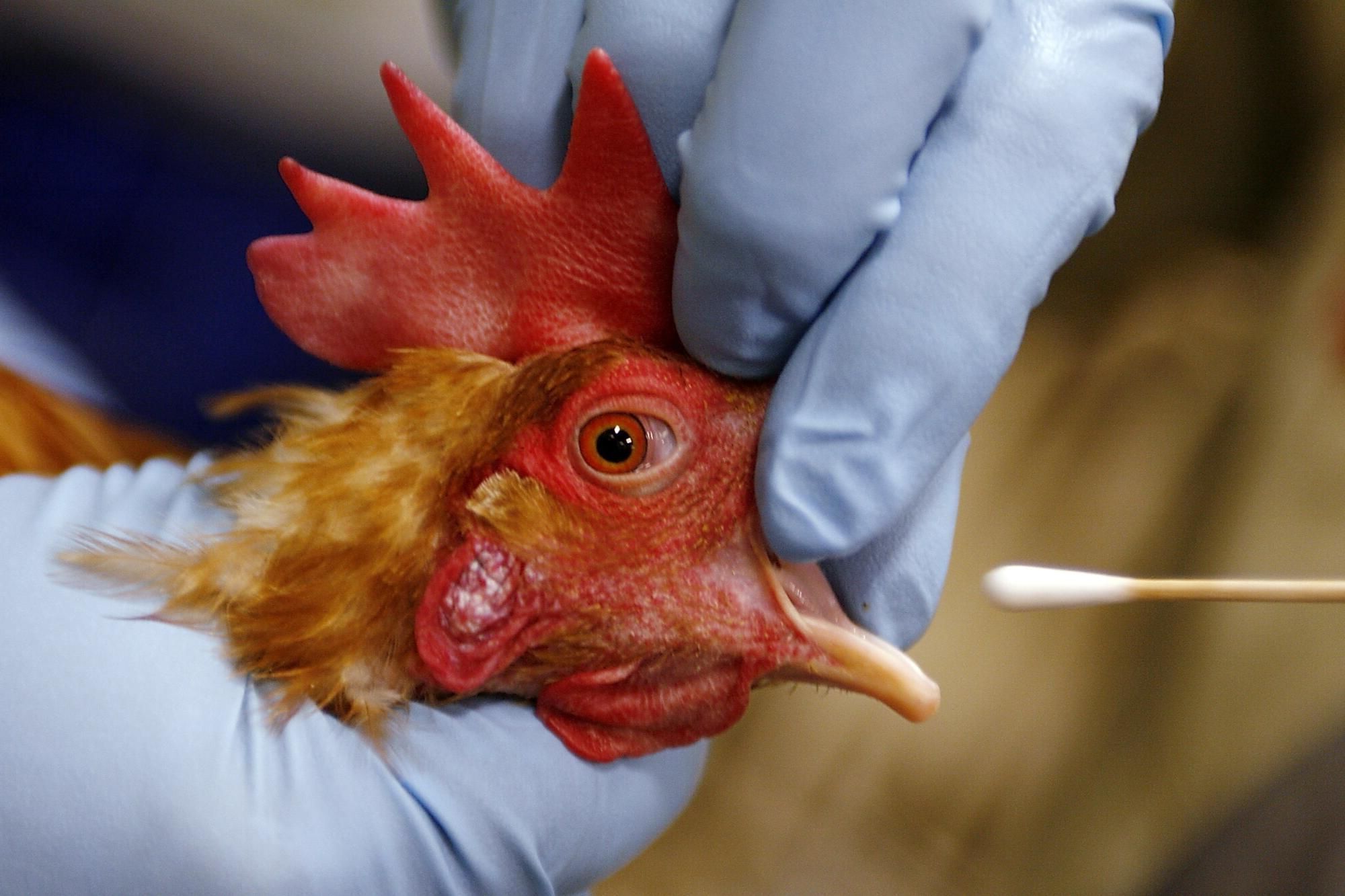
Baritosis is a lung disease caused by inhaling barium dust or fumes. Workers in industries like mining, smelting, and manufacturing are at higher risk. This condition can lead to serious respiratory issues, including chronic bronchitis and pulmonary fibrosis. Symptoms often include coughing, shortness of breath, chest tightness, and fatigue. Diagnosing baritosis involves medical history, physical exams, chest X-rays, and lung function tests. While there's no cure, treatments focus on symptom management and preventing further lung damage. Prevention is key, involving personal protective equipment (PPE), improved workplace ventilation, and regular health monitoring. Understanding baritosis helps protect workers' health and improve workplace safety.
What is Baritosis?
Baritosis, also known as barium disease, is a lung condition caused by inhaling barium dust or fumes. This occupational disease primarily affects workers in industries where barium is used, such as mining, smelting, and manufacturing. Let's dive into some key facts about this condition.
-
Definition and Causes
Baritosis results from inhaling barium dust or fumes. Workers in industries like mining, smelting, and manufacturing face higher risks. -
History of Baritosis
The first reported cases of baritosis date back to the early 20th century. Since then, numerous studies have documented the health impacts of barium exposure on workers in various industries.
Symptoms and Diagnosis
Understanding the symptoms and how baritosis is diagnosed can help in early detection and management.
-
Symptoms
Symptoms vary depending on exposure duration and intensity. Common signs include coughing, shortness of breath, chest tightness, and fatigue. Severe cases can lead to chronic bronchitis and pulmonary fibrosis. -
Diagnosis
Diagnosing baritosis involves medical history, physical examination, and diagnostic tests. Chest X-rays and pulmonary function tests assess lung function and identify abnormalities.
Treatment and Prevention
While there's no cure for baritosis, managing symptoms and preventing further lung damage is crucial.
-
Treatment
Treatment focuses on managing symptoms and preventing further lung damage. This may include medication to alleviate respiratory symptoms, oxygen therapy, and in severe cases, lung transplantation. -
Prevention Strategies
Preventing baritosis is crucial. Strategies include using personal protective equipment (PPE) like masks and respirators, improving workplace ventilation, and implementing regular health monitoring programs for workers exposed to barium.
Occupational Safety Measures
Ensuring workplace safety can significantly reduce the risk of baritosis.
-
Occupational Exposure Limits
Occupational exposure limits (OELs) aim to reduce barium dust concentration in workplaces, minimizing health risks. These limits vary by country. -
Health Monitoring Programs
Regular health monitoring programs are essential for early detection and prevention. These programs typically include medical check-ups, lung function tests, and chest X-rays for workers exposed to barium. -
Personal Protective Equipment (PPE)
Using PPE is critical. Masks and respirators can significantly reduce barium dust inhalation, minimizing the risk of developing baritosis. -
Workplace Ventilation
Improving workplace ventilation helps prevent baritosis. Proper ventilation systems reduce barium dust concentration in the air, making it safer for workers.
Safe Handling and Training
Proper handling practices and worker education are vital in preventing baritosis.
-
Barium Handling Practices
Adopting safe handling practices for barium is crucial. This includes storing barium in well-ventilated areas, using mechanical handling equipment instead of manual handling, and ensuring all equipment is properly cleaned and maintained. -
Training and Education
Providing training and education to workers about barium exposure risks is essential. This includes teaching workers how to use PPE correctly and the importance of regular health monitoring.
Regulatory and Economic Aspects
Regulations and economic factors play a significant role in managing baritosis.
-
Regulatory Frameworks
Regulatory frameworks help prevent baritosis. Governments and international organizations have established guidelines and regulations to limit occupational exposure to barium and ensure workplaces adhere to safety standards. -
Economic Impact
Baritosis affects workers' health and has significant economic implications. Treating baritosis can be costly, and lost productivity due to illness impacts industries' overall performance.
Global Perspective and Research
Baritosis is a global issue, and ongoing research aims to improve prevention and treatment strategies.
-
Global Prevalence
Baritosis is a significant occupational health issue, but its prevalence varies globally. Countries with less stringent regulations or inadequate enforcement of safety standards may see higher rates among workers. -
Case Studies
Several case studies document baritosis's impact on workers. For example, a mining industry study found workers exposed to high barium levels were at higher risk of developing chronic respiratory diseases. -
Research and Development
Ongoing research aims to better understand baritosis mechanisms and develop more effective prevention strategies. This includes studying different exposure levels' effects and developing new technologies to reduce barium dust in workplaces.
Public Awareness and International Cooperation
Raising awareness and international cooperation are crucial in addressing baritosis.
-
Public Awareness
Raising public awareness about barium exposure risks is crucial. Educating the general public about workplace safety and baritosis's potential health impacts can help prevent this disease. -
International Cooperation
International cooperation is essential for addressing baritosis globally. Organizations like the International Labour Organization (ILO) play a crucial role in setting international workplace safety standards and promoting best practices to prevent occupational diseases. -
Future Directions
As our understanding of baritosis evolves, so do prevention and treatment strategies. Future directions include developing more effective diagnostic tools, improving treatment options, and enhancing workplace safety measures to minimize this occupational disease's risk.
Final Thoughts on Baritosis
Baritosis, or barium disease, is a serious occupational hazard for workers exposed to barium dust or fumes. Symptoms like coughing, shortness of breath, and chest tightness can lead to chronic bronchitis and pulmonary fibrosis. Diagnosing baritosis involves medical history, physical exams, chest X-rays, and lung function tests. While there's no cure, treatments focus on symptom management and preventing further lung damage.
Prevention is key. Using personal protective equipment (PPE), improving workplace ventilation, and regular health monitoring can significantly reduce risks. Occupational exposure limits and safe handling practices also play crucial roles in minimizing exposure. Training and education for workers about these risks are essential.
Understanding baritosis helps in creating safer work environments. By implementing effective prevention strategies, we can protect workers' health and reduce the incidence of this occupational disease.
Was this page helpful?
Our commitment to delivering trustworthy and engaging content is at the heart of what we do. Each fact on our site is contributed by real users like you, bringing a wealth of diverse insights and information. To ensure the highest standards of accuracy and reliability, our dedicated editors meticulously review each submission. This process guarantees that the facts we share are not only fascinating but also credible. Trust in our commitment to quality and authenticity as you explore and learn with us.


